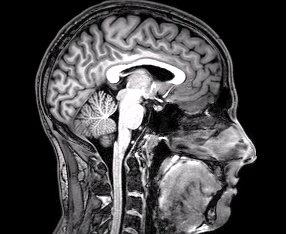Novel Mouse Models for Alternating Hemiplegia of Childhood Enable Gene Therapy Research

Scientists at The Jackson Laboratory (JAX) have developed groundbreaking mouse models that survive premature death, paving the way for pre-clinical testing of therapies for Alternating Hemiplegia of Childhood (AHC), a rare and often fatal neurological disorder affecting approximately one in a million children. This innovative research, published in the *Neurobiology of Disease* on July 2, 2025, is expected to significantly advance the understanding and treatment of the disorder, which currently lacks effective therapies.
AHC is characterized by sudden episodes of paralysis lasting from minutes to days, often accompanied by muscle stiffness, eye movement issues, and developmental delays. Seizures present a significant risk, and the disorder has frequently been misdiagnosed as epilepsy or stroke due to its severe symptoms. Notably, most AHC cases stem from mutations in the ATP1A3 gene, the most common being D801N and E815K, which are now under investigation for potential gene-editing therapies.
The novel mouse models developed by the JAX team, led by neuroscientist Dr. Cathleen Lutz, utilize a hybrid B6C3 genetic background that mitigates early death and fragility commonly observed in previous models. This advancement enables researchers to conduct a comprehensive range of behavioral, molecular, and brain activity tests, thereby mimicking the unpredictable episodes associated with AHC. “We need to stop thinking about AHC as a rare disease and start thinking about genetic disorders at large,” Dr. Lutz emphasized, highlighting the broader implications of their research for genetic disease therapy.
The study reveals that mutations can lead to distinct neurological alterations. Mice with the E815K mutation exhibited severe brain activity abnormalities, while those with D801N mutations experienced sudden deaths and significant motor impairments. The research also identified neurofilament light chain (NFL) levels in the blood as a potential biomarker for monitoring disease progression and treatment effectiveness.
As the JAX team collaborates with other research groups to explore gene-editing strategies, they aim to correct mutations in both mouse and human cells. The goal is to identify critical developmental windows during which gene-editing might effectively reverse the disorder’s progression. Dr. Markus Terrey, another JAX neuroscientist involved in the research, noted the importance of these models in providing a clearer understanding of AHC, which has often eluded researchers due to the high mortality rates in traditional mouse models.
The work is part of JAX's Rare Disease Translational Center, which seeks to bridge the gap between genetic research and clinical application by collaborating closely with families and patient foundations. “We’re truly acting on behalf of the families and patients,” Dr. Lutz stated, emphasizing the center's commitment to advancing therapeutics grounded in solid scientific understanding.
This research not only enhances the understanding of AHC but also contributes to the broader field of genetic disorders, reflecting a shift towards personalized medicine approaches. As scientists continue to unravel the complexities of genetic diseases, the implications for gene therapy and treatment strategies may extend far beyond AHC, potentially benefiting numerous patients affected by similar conditions. Given the promising results from these mouse models, the future of gene editing as a therapeutic avenue appears increasingly viable, providing hope for families facing the challenges of rare genetic disorders.
Advertisement
Tags
Advertisement





